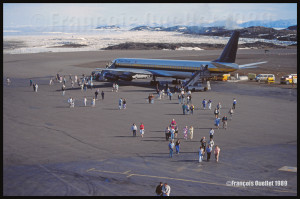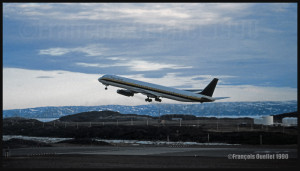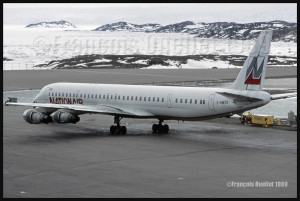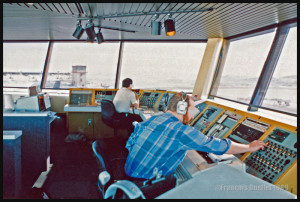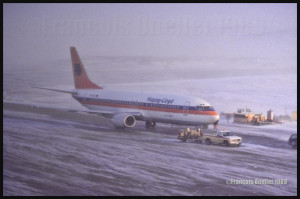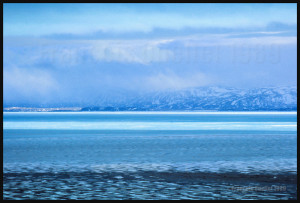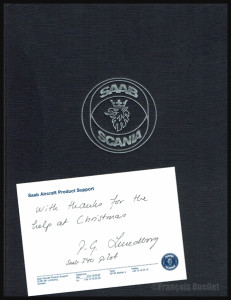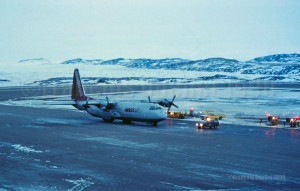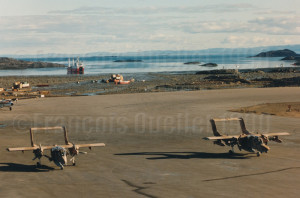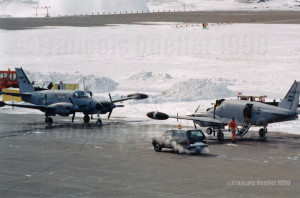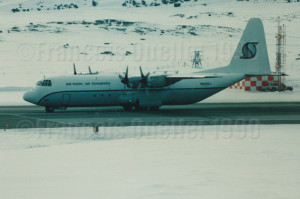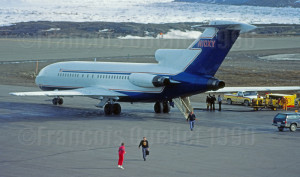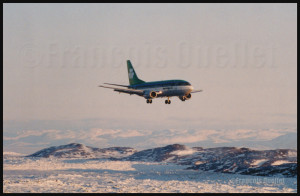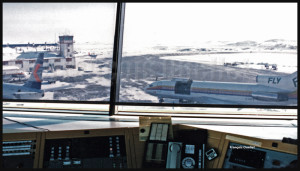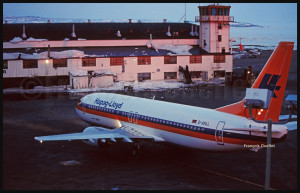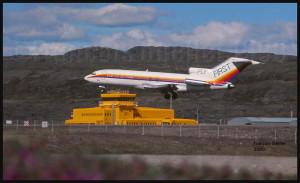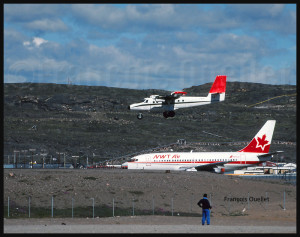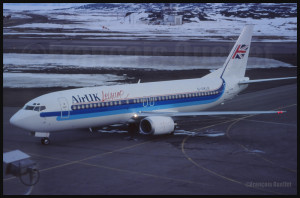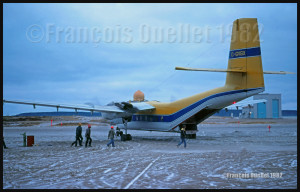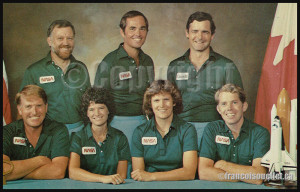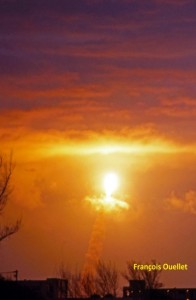Pilots regularly refer to flight service specialists (FSS) when preparing for a flight. They can either phone or visit a flight service station. The FSS progressively know an increasing number of pilots who differ a lot in experience.
As with any profession, competence and a professional attitude vary for the same license. Pilots are no exception and I could divide them in three categories: 85% meet the requirements on a continual basis, 10% constantly exceed the expectations and the last 5% deals with more or less important shortcomings.
Here are two small stories involving pilots of very different style and some flight service specialists. Those events happened in the ‘80s and ‘90s:
The pilot with a gigantic ego
One day, a pilot called the Transport Canada flight service station in Quebec City (CYQB) on the local radio frequency and said: “I’ll be landing in twenty minutes at Lac St-Augustin. Call my wife and tell her to pick me up”.
That was not a polite way to request a favor. He obviously had decided that those types of private phone calls were part of our responsibilities. As the flight service specialist was working higher priorities, he told the pilot that this was something he would have to do himself.
Losing his temper, the pilot started to reel off his CV and all the contacts with whom he would communicate to set this employee’s case. His long monologue forced us to lower the air radio frequency’s volume. His ramblings blocked an important frequency and were a nuisance to the other pilots. Eventually, he ran out of ideas and the radio frequency was finally available for essential communications.
A few hours later, the same pilot made a spectacular entry in the flight service station, shouting and blasting the employees. He then left the place by slamming what could be slammed of the swinging doors we had at the time.
Luckily, special cases like that are rare. They so differ from what we are used to that it’s impossible to forget them, even decades later.
An exceptionally cold blooded pilot
I remember of a very experienced pilot who used to visit us regularly at the Transport Canada flight service station in Rouyn-Noranda (CYUY). One day, he entered the station, leaned on the briefing counter, and started to talk about different subjects before finally asking us if we had any documents in our library that were dealing with an airplane crash…
We replied by the affirmative. Considering his calm and the tone in his voice, we figured that he was just curious. He then told us that he had just crashed less than an hour ago and that the machine he was flying was totally wrecked. He was the only person on board and managed to get out with scratches only.
I must admit that I had never met somebody that could be so detached from an event of such importance!
For more real life stories about being a FSS in Quebec City, click on the following link: Flight service specialist (FSS) in Quebec City

